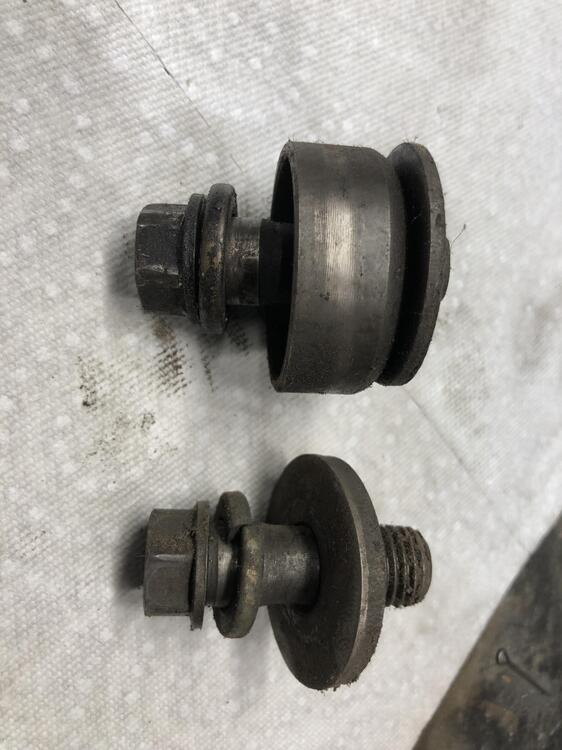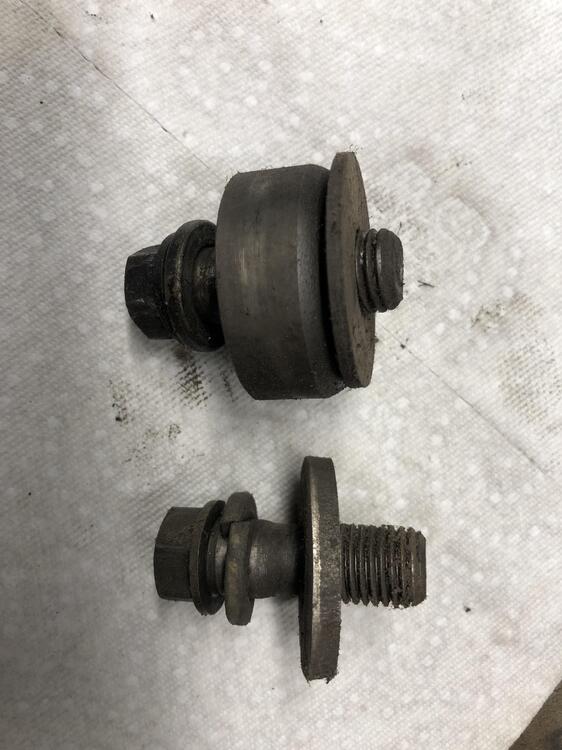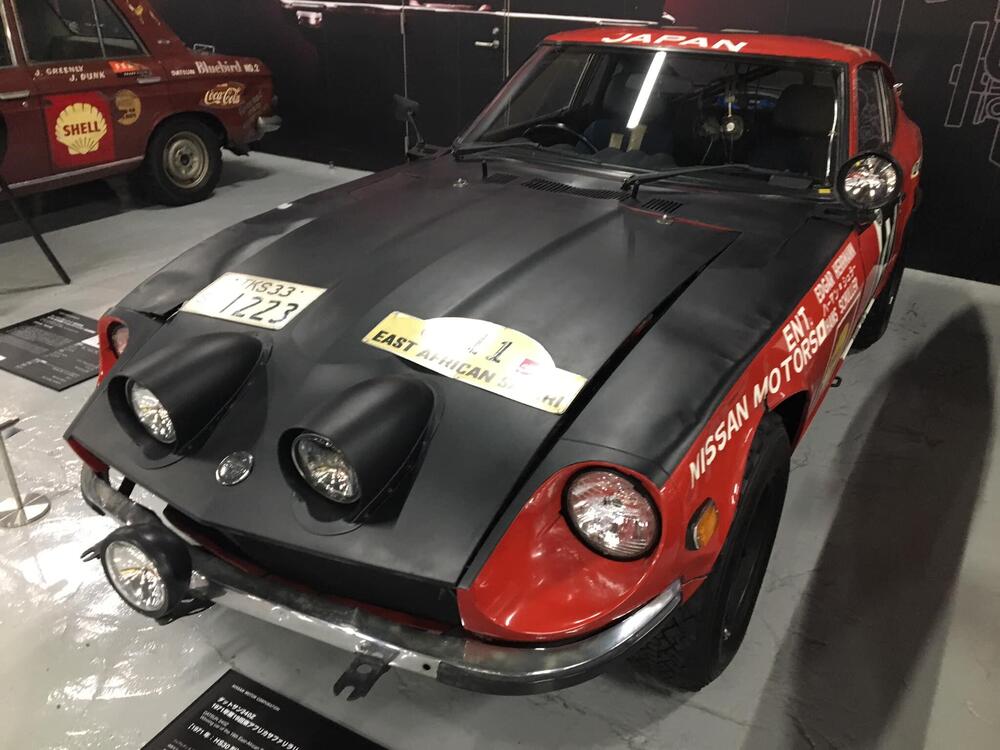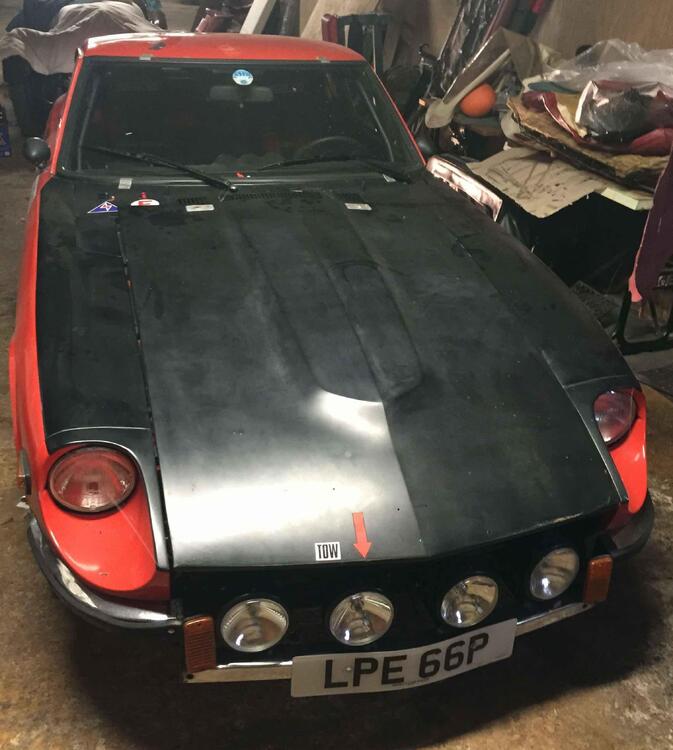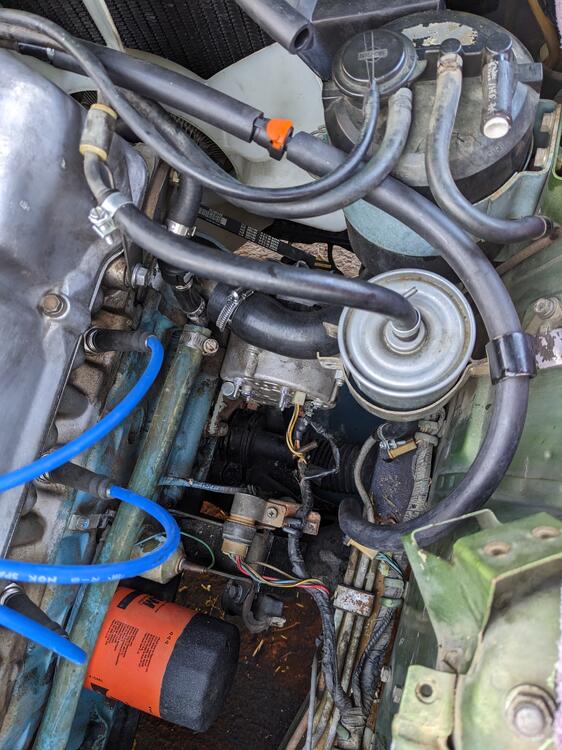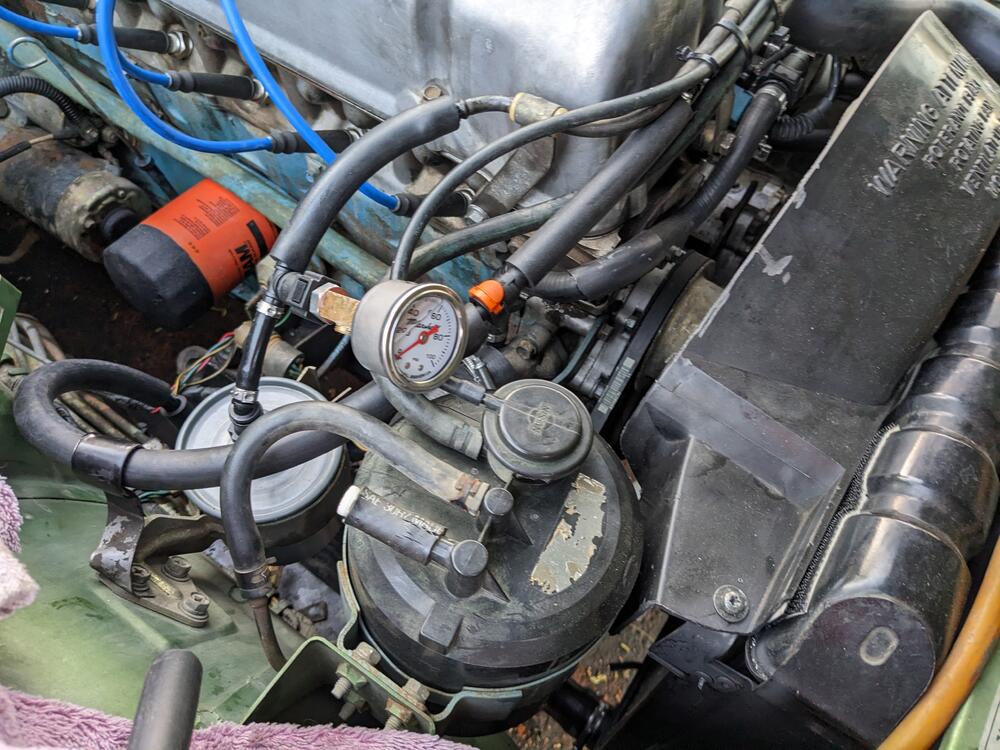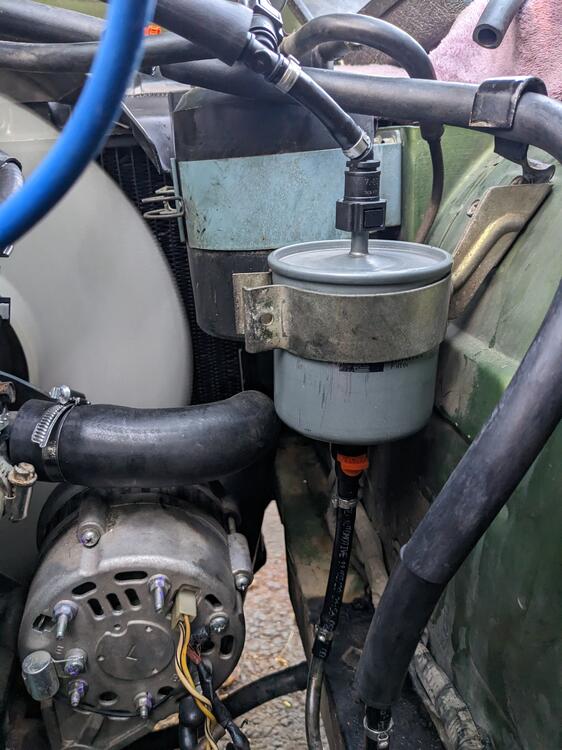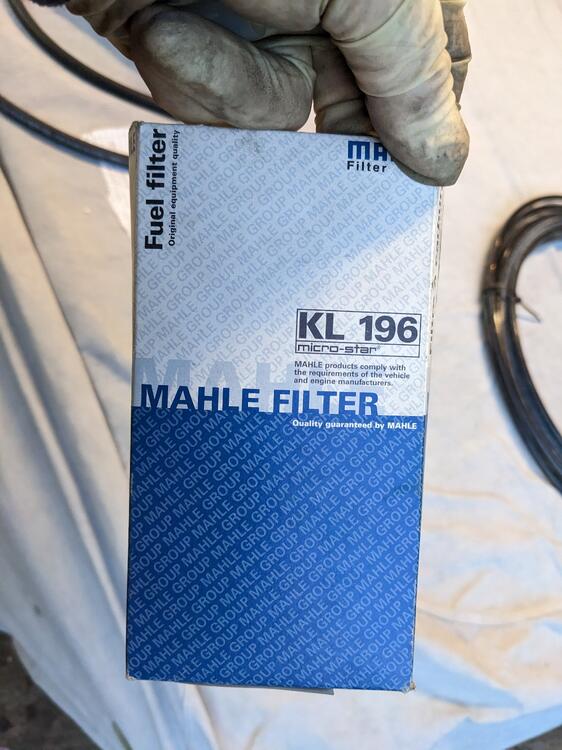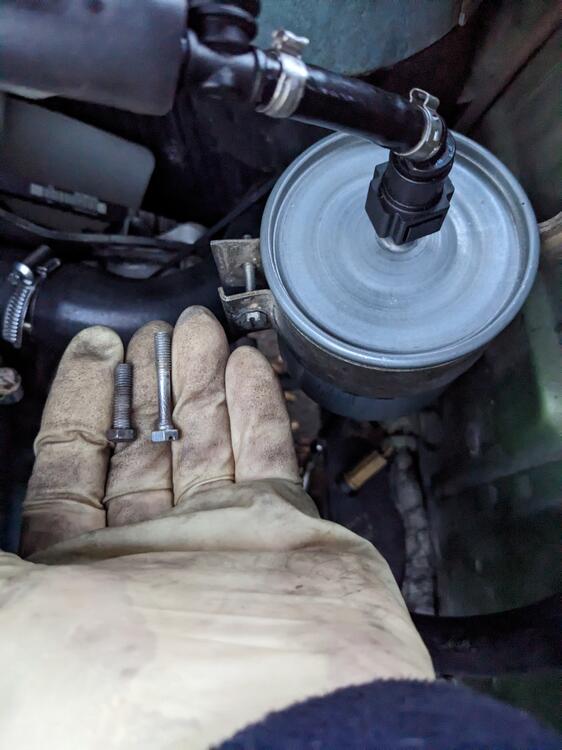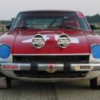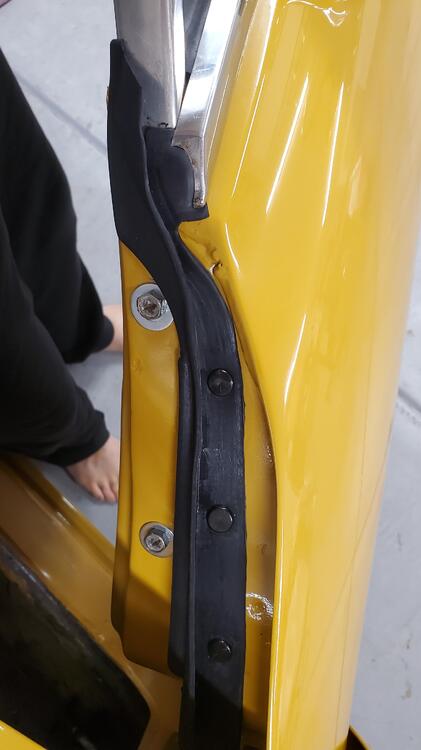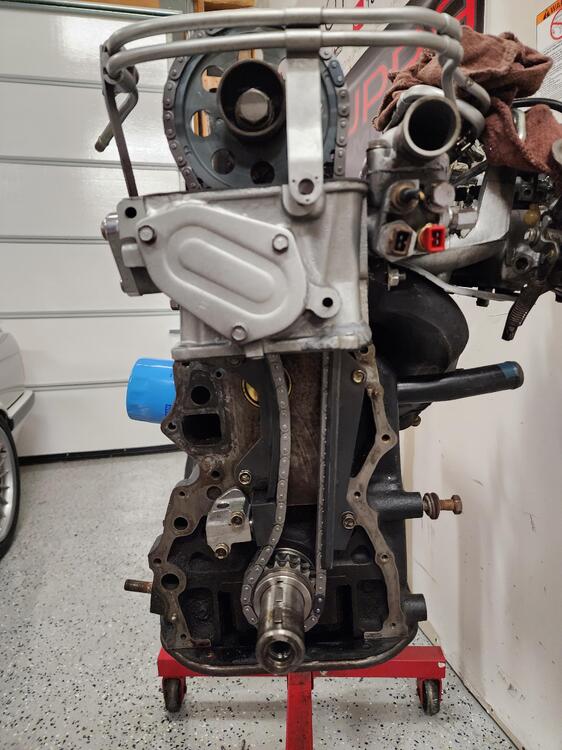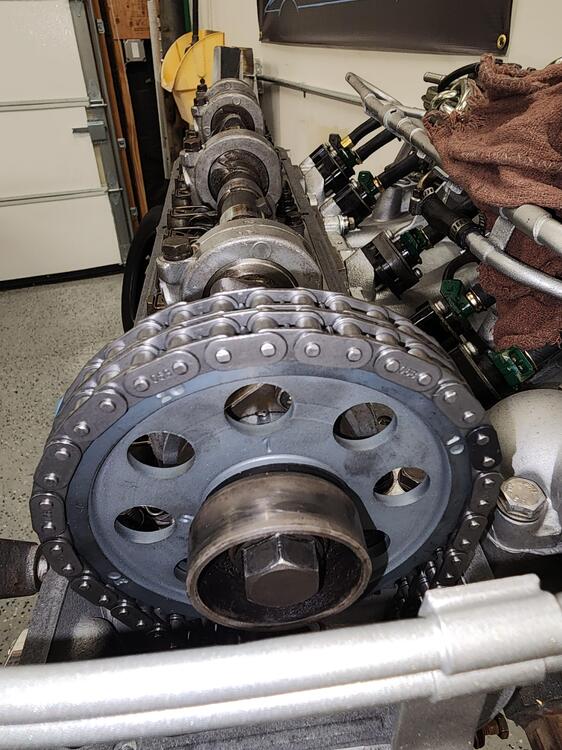And now, on to something truly specific: Nissan Works Rally lights!
This particular topic is sure to be filed by many readers in the "Not really sure why anyone would care, its just a couple of extra lights" category. And yet, I'd venture to say that being able to see where you're going at high speed thru mud, sleet, snow, dirt, and dense forest - in the dark - ranks high up on my list of Rally "must-have" abilities. Like several previous topics, this one has so many surprising details attached to it, that I'll have to break things up into several posts. In addition, this is also one of those areas where advancement was ongoing throughout S30 development, and probably well into the Nissan rallying heyday of the late 70s.
I'll be going over the lighting details of my car in my following posts. Prior to that, I thought I'd do my best to introduce the topic with a primer on what I've seen as a "typical" setup. Much of what I'm summarizing here is a generalization based on pictures I've seen, and I'm probably missing a bunch of significant details, which I hope to be able to fill in as I learn more.
The basics: All the S30 Works cars that I've seen have the following typical setup;
1) a pair of main headlights mounted in a custom bucket, which facilitated the ability to change the bulb from the front of the car. Monte Carlo spec cars also incorporated standard headlight covers, and a small tube opening connected to an air hose, which ran all the way back to the heater box inside the cabin. I've also seen pictures of very early 1970 Works Cars which also had headlight covers.
2) up to 4 front-facing fog lights, typically in 1 of 3 configurations. Early cars had their fog lights mounted on special brackets which were welded to and extended beyond the front bumper. Later cars had special competition bumpers which allowed the lights to sit flush with the nose. Safari cars had what most enthusiasts would probably list as the "iconic" look - 2 lights on the hood, and one central light, mounted proud of the bumper. There were actually mounting brackets for up to 3 fog lights on the Safari bumper, but I can't say if the wiring harness was actually designed to have all three lights (for a total of 5) installed simultaneously.
3) an additional reverse spotlight.
In order to support this many amps, some changes from stock were necessary:
1) A larger alternator, which we've already discussed
2) A way to switch combinations of lights on and off, allowing for multiple setups and configurations, usually in the form of a row of toggles on the central console.
3) A modified wiring harness to accommodate all these possible configurations. In my car, this also included a custom relay. I'd imagine that as the cars were developed, the use of custom relays probably multiplied.
In addition, on many cars there is also a dial switch on the central console which, when turned on, introduces something into the lighting circuit via a box on the front of the car. Alan and I have had several discussions about how this switch may actually affect the lighting output, but I'm really still not sure I fully understand how it exactly works, and what it's effect on lighting output is supposed to be, if that is at all what it's for. I previewed this mystery box in an earlier post Here if you want to read more about it. I'll probably also have more to say about it later.
 Subscriber
Subscriber 3Points3,770Posts
3Points3,770Posts




